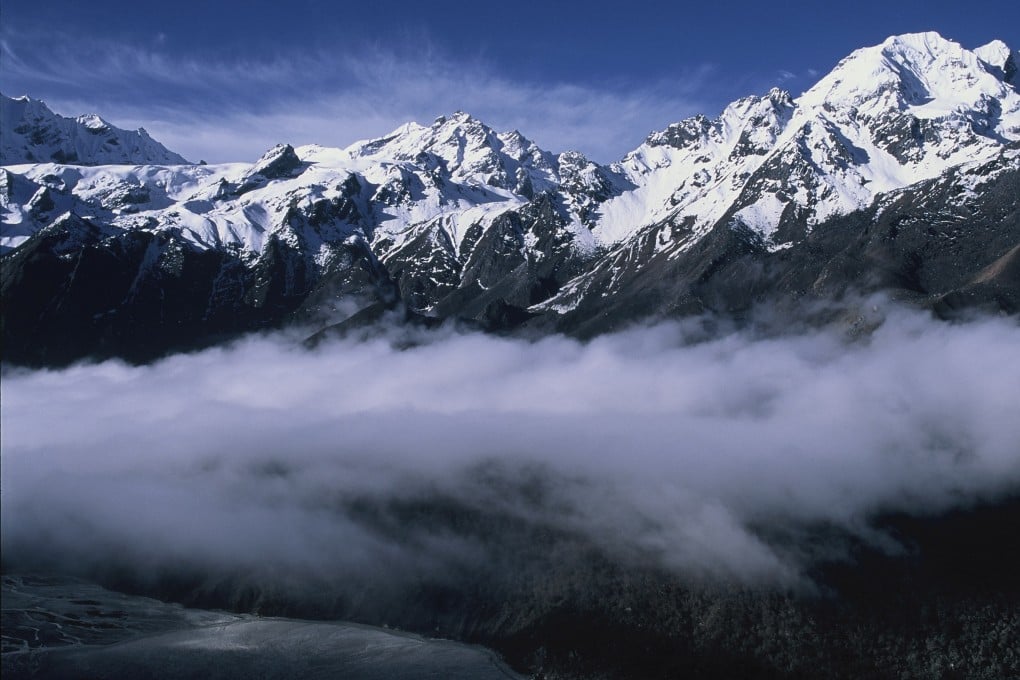Almost 2 billion lives in South Asia at risk from rising snow and glacier melt: report
The risks are aggravated by black carbon pollution, which could curb water supply from many rivers flowing through the Himalayan plains

Also known as soot, black carbon darkens snow surfaces and absorbs sunlight, causing it to act like a heat lamp and hasten melting. The fine particulate pollutant is typically released during the combustion of organic matter such as wood, crop residues and diesel.
With the largest ice reserves outside the polar regions, the Himalayas are the main source of water for many rivers flowing through the densely populated Indo-Gangetic plains. But this critical function is at risk from rising black carbon emissions and climate change.
Average snow surface temperatures in the Himalayan peaks have risen by more than 4 degrees Celsius (7.2 Fahrenheit), with black carbon a key contributor, according to a report by New Delhi-based think tank Climate Trends released on Friday. It warned that the impact of these emissions was worsened by deforestation, crop burning and poor land management.